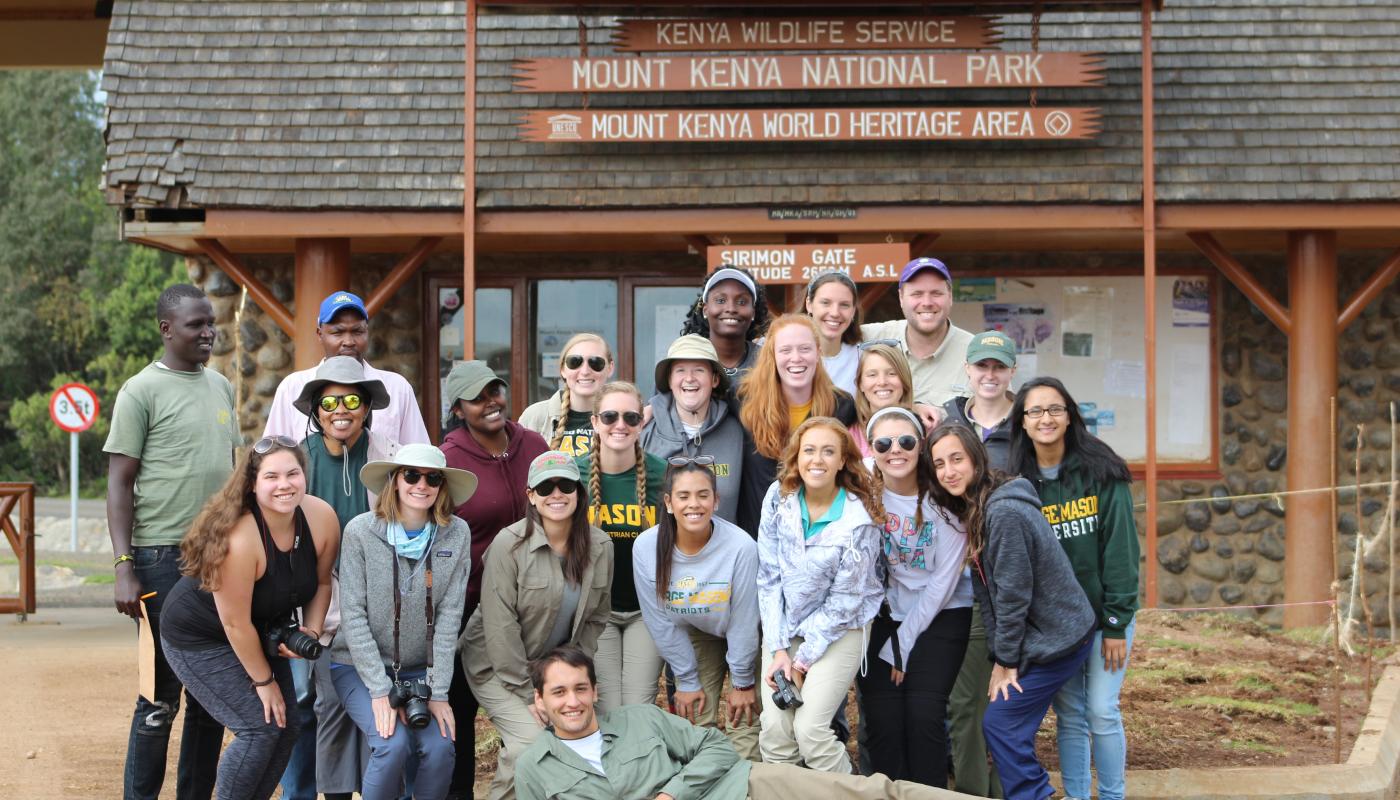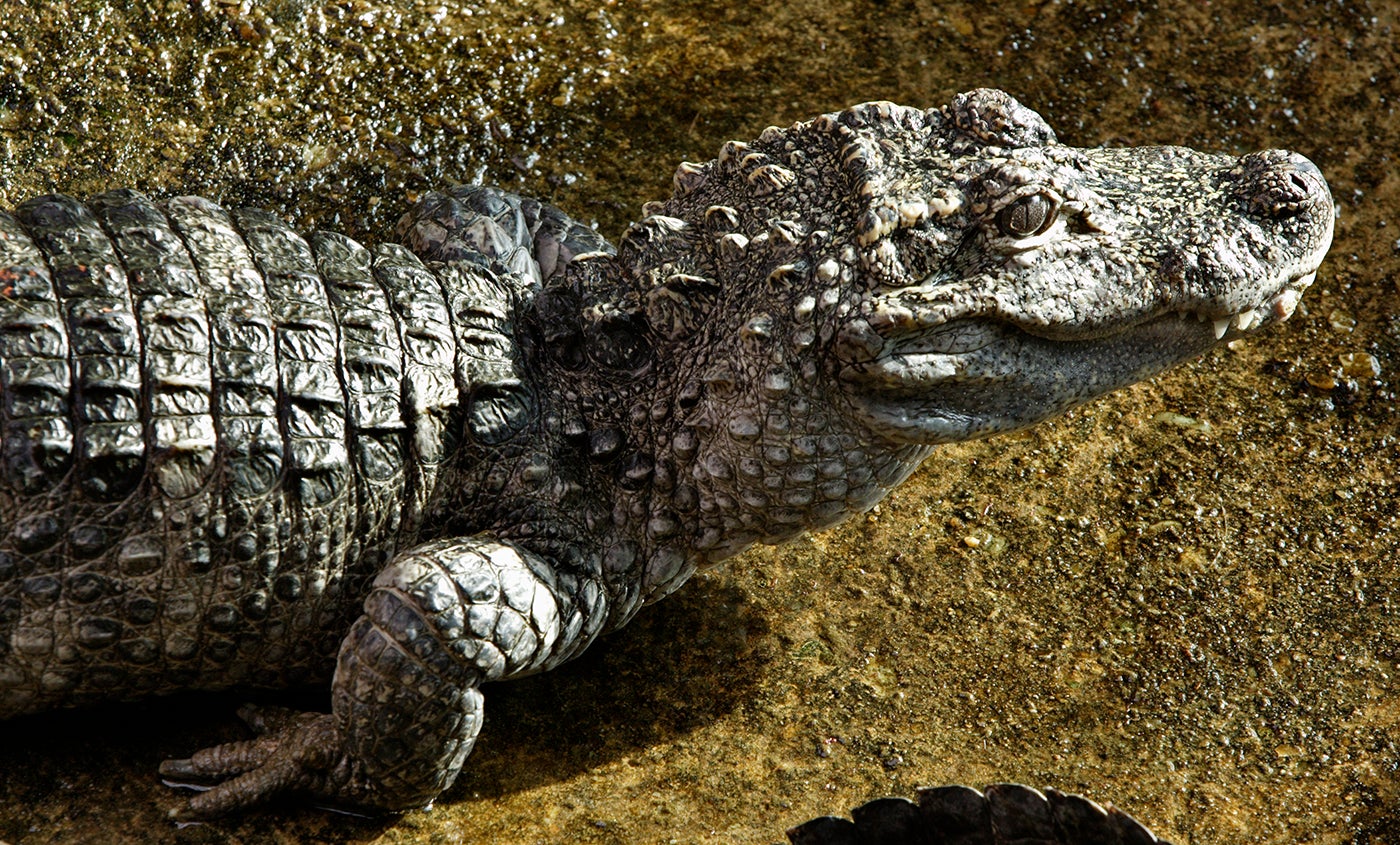Science Snapshot: Field Trip to Kenya

Kenya is a hotspot for charismatic elephants, rhinos and lions, but when Global Health Program (GHP) scientist Lindsey Shields goes on safari, she searches for the animals that draw blood rather than tourists — ticks. Recently, she traveled to the Mpala Research Centre on a joint project with GHP research associate Dr. Michael von Fricken and George Mason University students as part of their emerging infectious disease course. The field trip introduced students to conservation science in action; below are snapshots from their trip.

The way people interact with each other, animals and the environment is a key component of the Smithsonian Conservation Biology Institute’s Global Health Program. We are all connected; in order for one to be healthy, all must be healthy.
The Mpala Research Centre in Laikipia County, Kenya, is a hub for wildlife conservation and health, as well as ecosystem research. The Smithsonian has a fantastic partnership with Mpala. The opportunity to study wildlife in their native habitat provides us with invaluable data that can help us understand the threats they face.

Welcome to the world of wildlife conservation! From July 31 through Aug. 13, we hosted a group of 19 students from George Mason University for a two-week-long program. Lessons were taught in the classroom, as well as out in the field.
In one classroom lesson, we conducted an outbreak simulation where we assigned students to different roles: ministry of health, ministry of agriculture and ministry of environment. We posed questions and provided them with limited information, similar to a real-world outbreak scenario.
Part of our lessons in the field encompassed a method for collecting ticks known as a “tick drag.” Students dragged a weighted white sheet of fabric over shrubs and grasses. Every 15 meters, they would stop and check the sheet and collect ticks that latched on to the front or back.
They performed a transect, or fifty 15-meter-long drags. Because we had five or six teams going at once, we were able to cover a lot of ground and collected more than 1,500 ticks!


